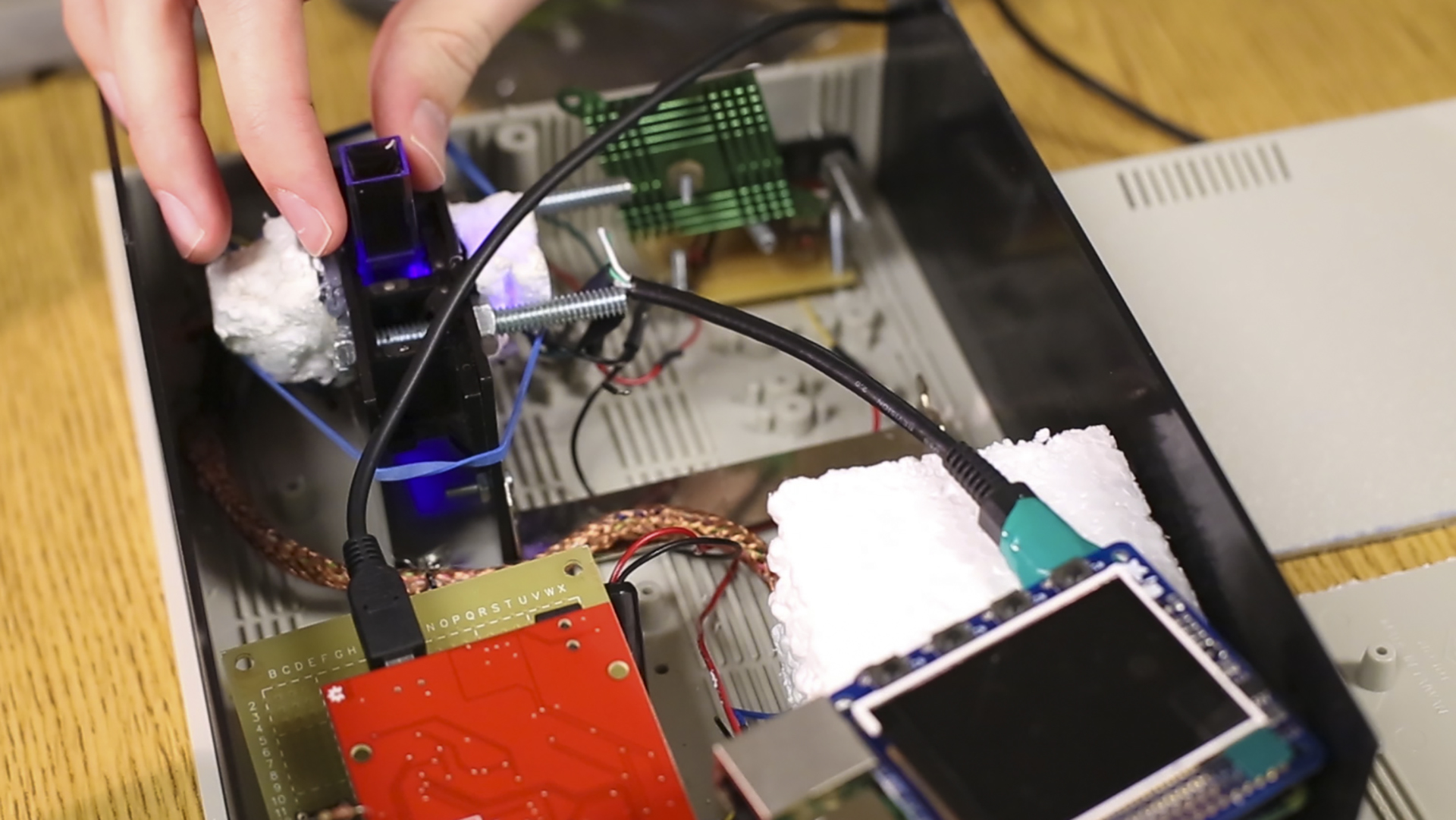A Sacramento State student team has developed an innovative medical device that would allow doctors to monitor bilirubin levels in jaundiced newborns without subjecting the infants to frequent and painful blood draws.
Their Biliblu Biomedical monitor won the team both a judges’ special award and the vote as a crowd favorite at the I-Corps Challenge, held Jan. 7-9 during the California State University (CSU) 28th annual Biotechnology Symposium in Garden Grove.
The I-Corps Challenge teaches students how to take biotechnology research projects from idea to marketplace. In all, 13 teams from seven CSU campuses entered the months-long competition, which began in September and culminated in the immersion weekend of the symposium.

Each team was made up of students from science/engineering and business/MBA/entrepreneurial degree programs, and all teams received a $2,500 micro-grant to conduct their research, interview potential clients, and build a prototype.
Team Biliblu used its micro-grant to find a better way of monitoring bilirubin levels in newborns. Bilirubin is produced by the normal breakdown of red blood cells and causes yellowing of both the skin and the whites of the eyes.
“The only reliable method of measuring bilirubin (now) is to take the baby’s heel and stick it with a sharp needle, and our device will completely avoid that,” says Nathaniel Johnson, the engineering student who served as the team’s entrepreneurial lead.
“This monitor will provide a noninvasive way to measure bilirubin that is completely accurate.”
Johnson’s teammates were engineering student Doua Yang and business student Joshua Ayotte.
Unlike similar products now on the market, the Biliblu Biomedical monitor can be used during phototherapy, a light treatment that helps rid the body of excess bilirubin. Their device also can be produced at a lower cost than existing products, they say.
The other Sacramento State team presenting at the I-Corps Challenge introduced a prototype of its Sacramento Monitor Assistance, a wearable device designed to alert caregivers if a dementia patient either falls or wanders away. Products currently available do not report both events.
Those team members were engineering student and entrepreneurial lead Allen Poniente, along with business students Heather Weakley and Javier Ramos.
“Both teams learned that there is a real need for their monitors, justifying continuing their development to get them to the marketplace,” says Warren D. Smith, a professor of electrical and electronic engineering and the teams’ academic mentor and technical advisor. “However, much more work needs to be done before the monitors are ready.”
In addition to Smith, Professor Deilton Gomes, currently at Sacramento State as a visiting international scholar from Brazil, served as a technical advisor.
In 2014, CSUPERB (the CSU Program for Education and Research in Biotechnology) received a three-year grant from the National Science Foundation’s Innovation Corps Site program to create CSU I-Corps. – Dixie Reid
